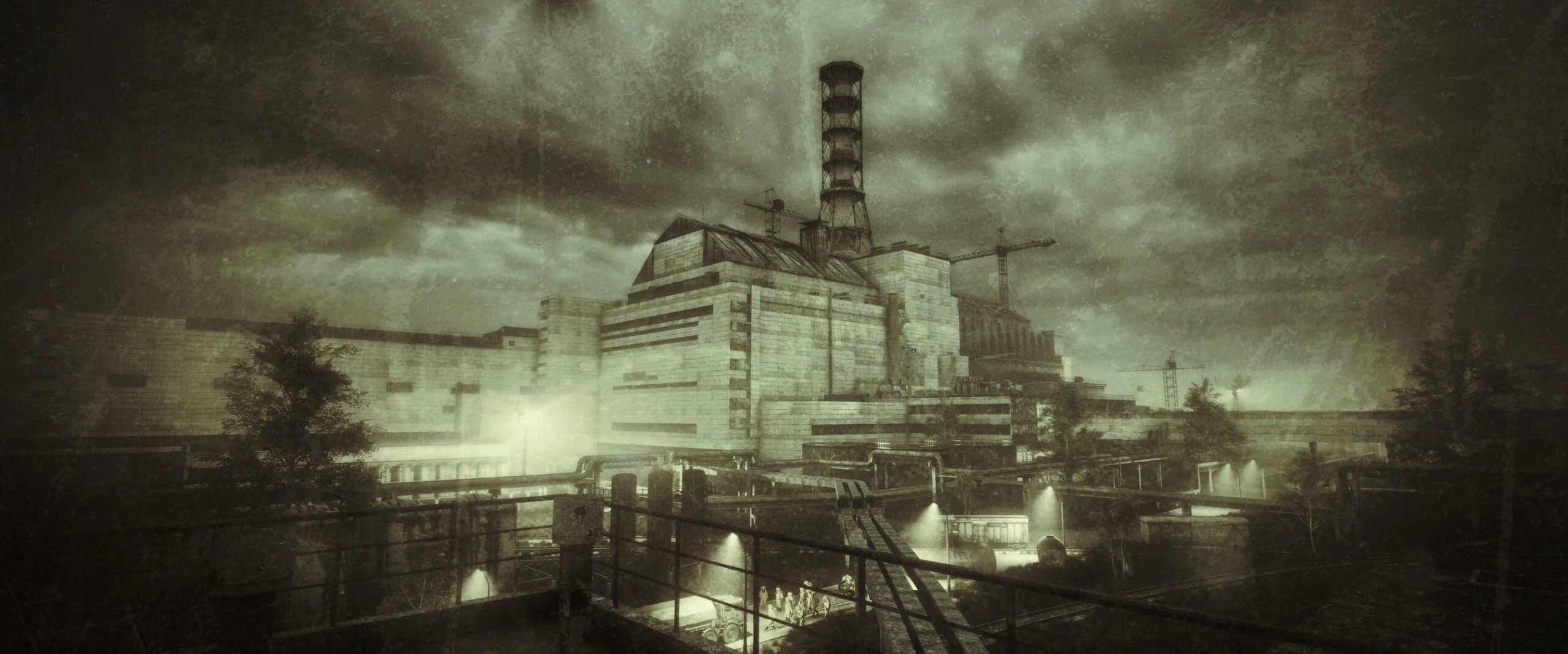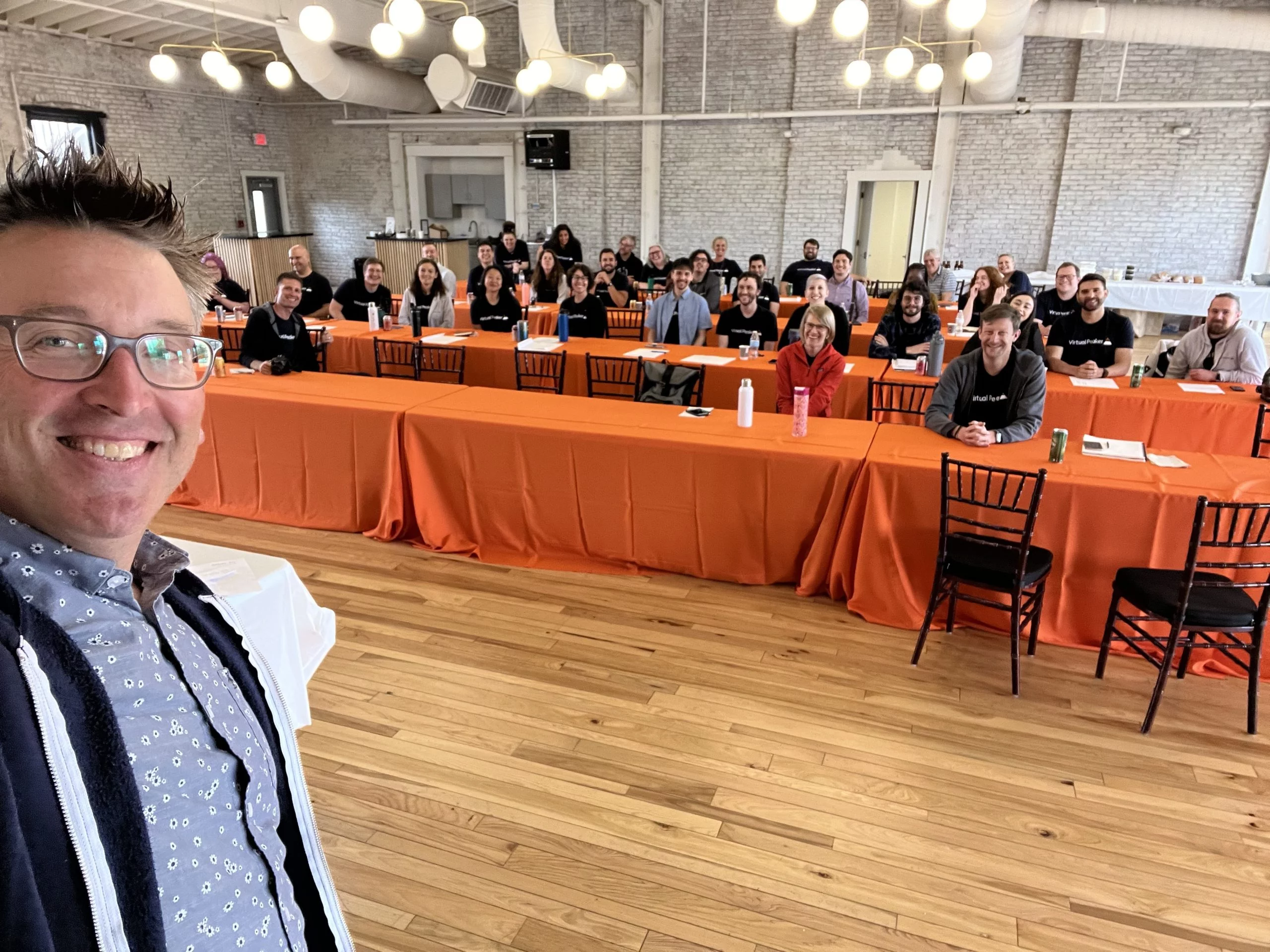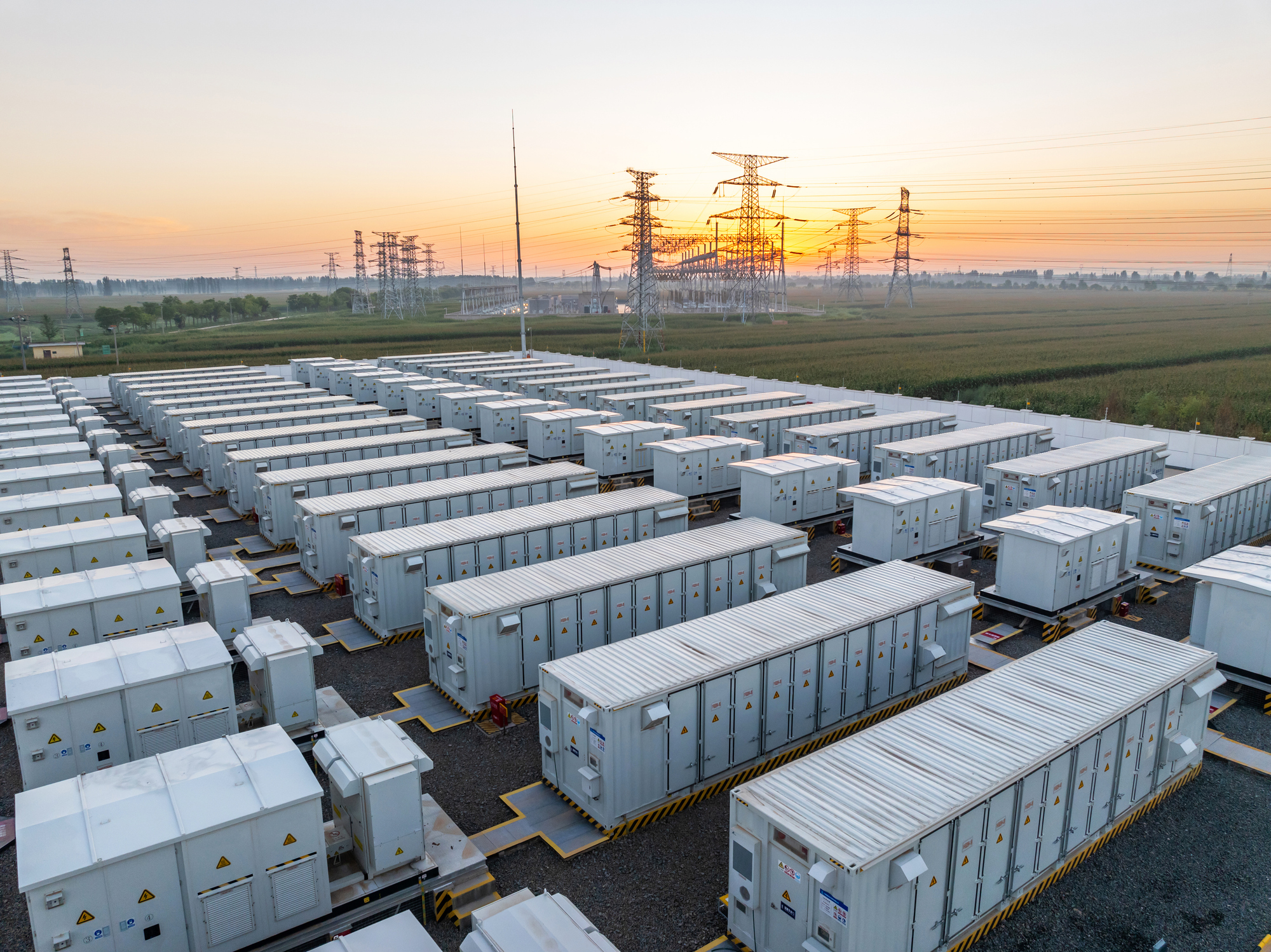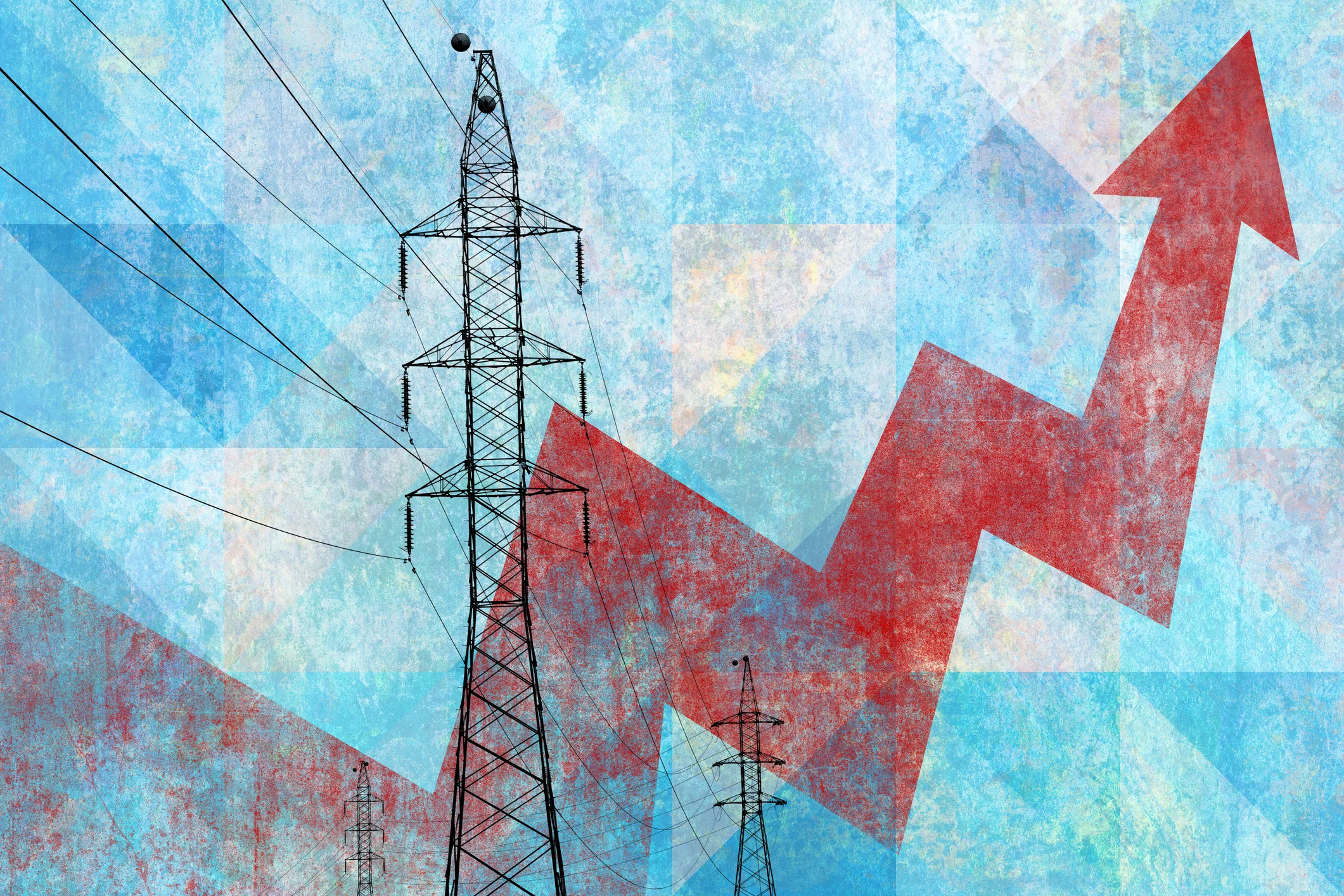There are plenty of things to be scared of this Halloween season. Right now, electric utilities are busy working to affordably keep the lights on, while managing energy-hungry AI and data center buildouts, supply chain and tariff issues that complicate already expensive (and imminently necessary) infrastructure upgrades, and intense weather and temperature extremes driven by climate change. What’s more, the emergence of phantom data centers and zombie plants rightfully spooks utilities who are already struggling to mitigate rising operational and customer rate costs, while maximizing grid resiliency. Fortunately, through demand flexibility programs like demand response, EV charging, BYOD programs, and virtual power plants, utilities can leverage the distributed energy resources (DERs) already found in their territories to do just that.
What Scares the Energy Industry
In January, the Trump administration declared a national energy emergency, which was intended to address increasing demand driven by AI and data centers, and increasingly volatile weather events and rising temperature extremes. Inexplicably, the administration cut funding for renewable projects, ended tax credits for solar, wind, and other renewables, and shifted focus to more fossil fuel production.
This summer, the Department of Energy deferred the retirement of several fossil fuel plants, which led to $29 million in operational costs in just 38 days; research indicates that if these deferments continue, consumers could pay more than $3-6 billion a year in increasing costs. Rising operational costs and customer rates have proven to be a political hot potato this year, and one that can be mitigated through the use of demand flexibility initiatives. But before we examine the virtues of demand flexibility programs, let’s take a closer look at some of the challenges facing the utility industry.
Problem: AI & Data Centers Are Rapidly Driving Demand
AI and data centers alone present a substantial challenge to meeting demand, which is especially complicated by the spectre of phantom data centers, speculative projects intended to secure optimal pricing incentives, that slow down already slow interconnection queues and confound long-term analytics like forecasting. Large projects like the metadata center planned in Louisiana require 2.2 GW of electricity, or roughly twice the entire power consumption of New Orleans during peak consumption. Meeting this demand will cost roughly $3 billion in new power infrastructure, costs that are ultimately passed along to consumers.
Problem: The High Costs of Climate Change
According to the World Economic Forum, climate change costs the world a staggering $16 million per hour. A 2024 study concluded that climate change will cost approximately $38 trillion per year by 2049. Because temperature extremes—both during summer peaks and during winter cold snaps—drive demand, peak energy costs will in turn rise. The Environmental Protection Agency (EPA) notes that climate change causes disruptions to energy supply chains, interruptions in the electric supply chain, and strains the energy system by driving demand.
Problem: The Supply Chain & Tariffs
According to the American Society of Civil Engineers (ASCE), the U.S. grid scored a D+ on its 2025 annual infrastructure report card. Their report adds that approximately 80% of all U.S. power outages are the result of severe weather events, which damage energy infrastructure, including the physical infrastructure needed for electric transmission. This is further exacerbated by supply chain disruptions, which have led to shortages of transformers. Coupled with newly instituted tariffs that threaten to challenge the cost of electric imports, utilities are faced with an aging grid in severe need of very costly upgrades.
What Are Phantom Data Centers
As noted, phantom data centers refer to the speculative load requests that have flooded utilities in a bid by developers to receive the optimal incentive rates for energy pricing. These phantom loads challenge utilities and grid operators by distorting forecasting analysis and load queues. These “vaporwatt” requests have made load planning that much more difficult as utilities work to process requests, creating potential challenges by way of power procurement agreements and energy market costs alike, further driving up operational rates and costs.
Why You Shouldn’t Be Afraid of Them!
Ultimately, challenges with phantom data centers need to be standardized and worked out at the legislative level, whether between regulators or lawmakers, to ensure that these requests do not overcomplicate an already strained grid. Demand flexibility programs are the ideal quick response to spiking, intermittent demand. As a non-wires alternative, demand response, EV charging, or virtual power plants provide granular device control to grid operators to use to aggregate otherwise disparate DER assets.
– Syd Bishop, Sr. Content Specialist, Virtual Peaker
These assets are managed by either a grid distributed energy resource management system (DERMS), which manages utility-held DER assets like solar or battery installations, or through a Grid-Edge DERMS, which manages behind-the-meter DER assets found in places like residential, commercial, or industrial properties. DER assets are useful in shifting load to off-peak periods of demand, defraying high peak energy market costs, and lowering the overall curve for power purchasing agreements. Likewise, through the aggregate conservation of shifting charging times or decreasing temperature set points, demand flexibility programs enhance grid resiliency.
What Are Zombie Plants?
Zombie plants refer to energy generation assets that remain active despite age, cost, effects on the environment, market values, or policy issues. As such, zombie plants can prove extremely expensive to utilities, as evidenced above with the deferment of plants in the Midwest over the summer. Still, despite the cost-ineffectiveness, the Trump administration is committed to these deferments, which have already proven cost-prohibitive to utilities and customers alike. Meanwhile, work on new clean energy projects has been curtailed, which has accounted for over 90% of new electric generation for the last several years. How can utilities keep up with energy demand while managing inefficient generation plants?
Why You Shouldn’t Fear Zombie Plants
Demand flexibility initiatives can mitigate the high price tag associated with zombie plants. In 2023, the DOE called for an increase of virtual power plant capacity from the then-current 30-60 GW, primarily attributable to demand response programs, to between 80-160 GW by 2030 to meet rising demand. Demand flexibility programs help decrease demand, while mitigating high peak energy costs, whether through redistributing communally-generated DER assets like solar or battery energy storage systems or through aggregate conservation schemes like demand response, which decreases charging times or shifts temperature set points to lower demand during peak periods of usage.
– Syd Bishop, Sr. Content Specialist, Virtual Peaker
Additionally, virtual power plants cost roughly 40-60% of the average cost to build a new power plant, and they can be deployed much quicker. Through functionality like Topline Demand Control (TDC), which combines AI, model predictive control, forecasting, and the Shift Grid-Edge DERMS, utilities can access reliable energy every time. Using TDC, grid operators can enter a set volume of energy, and the program will work to achieve exactly that expected outcome. As such, demand flexibility programs like virtual power plants are cheaper, faster, and leverage DER assets likely already available in your communities.
Phantom Data Centers, Zombie Plants, & Rising Costs for Ratepayers: How Demand Flexibility Can Help Conclusion
Just like any other thing that goes bump in the night, the phantom data center and zombie plants plaguing utilities can be defeated just like in every other horror movie: by working smarter and working together. Overall, there is still plenty to remain optimistic about; for example, solar is driving renewable energy around the world as the energy transition continues. While demand flexibility initiatives can’t solve every problem, they provide a holistic and realistic opportunity to meet increasing demand with limited resources, while defraying high peak energy and rising customer costs and infrastructure upgrade expenses, all while enhancing grid resiliency.





